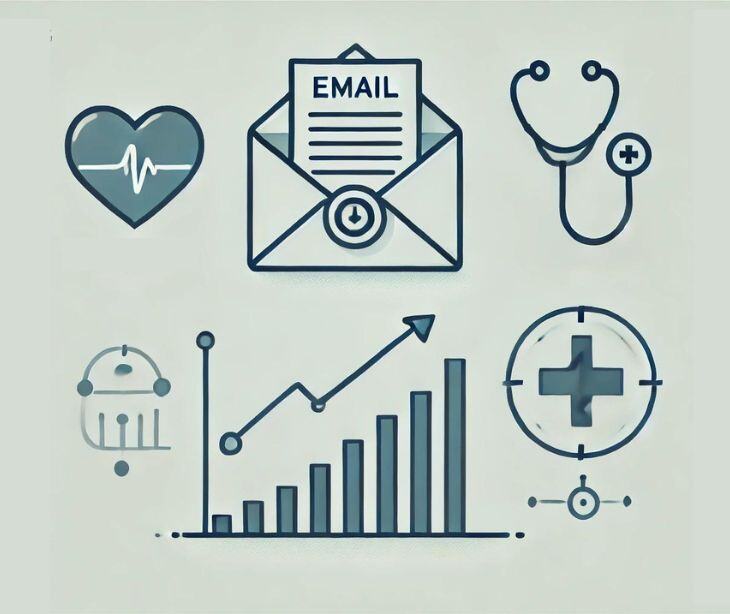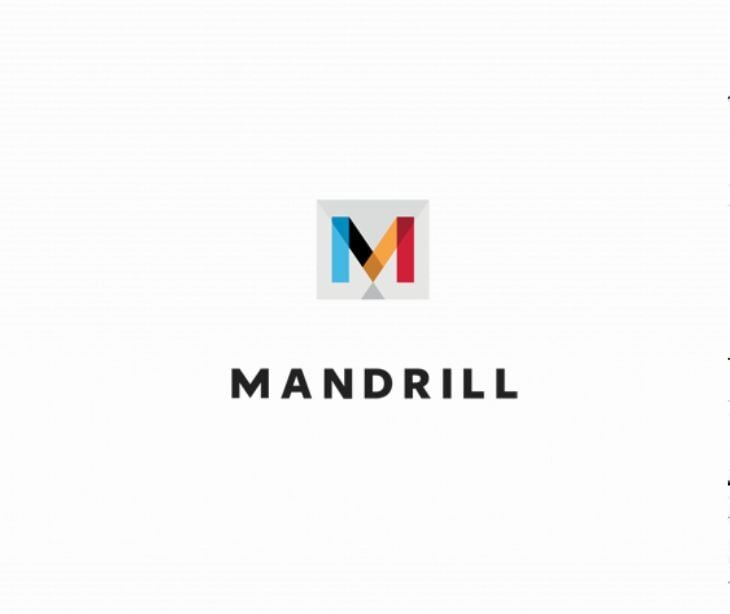3 min read
Building permission-based healthcare email marketing lists
Liyanda Tembani
November 25, 2024

According to Improving Digital Marketing for Attracting the Target Customer Segments, "Email marketing is the most powerful marketing strategy that connects on to the customer either digital or marketing in promoting company services."
Permission-based email lists consist of subscribers who have willingly opted-in to receive emails from an organization. Healthcare organizations must build and maintain these lists to comply with healthcare regulations, such as HIPAA, and to ensure patient privacy. These opt-in lists establish trust, allow for relevant communication, and protect sensitive patient data.
Using a HIPAA compliant service provider for healthcare email marketing
Healthcare organizations must use HIPAA compliant providers like Paubox for email marketing to protect patient privacy and avoid violations. Noncompliance can lead to data breaches, fines, and loss of trust, even if marketing emails don’t include obvious health details. You can ensure your email campaigns meet HIPAA standards while safeguarding patient data and your practice's reputation by choosing a provider that offers secure communication, encryption, and a business associate agreement (BAA).
Related: The detailed guide to HIPAA compliant email marketing
Building permission-based healthcare email marketing lists
Creating compelling content: Develop valuable healthcare content that resonates with your target audience. This could include health tips, medical news, patient success stories, or educational articles. Offer content that addresses their health concerns and interests.
Designing effective landing pages: Dedicated landing pages should focus on a specific topic or service, making it clear why visitors should subscribe. Use persuasive language and compelling visuals to encourage sign-ups. Include testimonials from satisfied subscribers or patients who have benefited from your content.
Optimizing opt-in forms:
- Design user-friendly and visually appealing opt-in forms.
- Place them strategically on relevant web pages and landing pages.
- Keep the form fields minimal, typically asking for only an email address and perhaps a first name.
Incentivizing subscriptions: Consider offering incentives to encourage people to join your email list. This could include providing a free e-book, a downloadable health guide, or access to an exclusive webinar in exchange for an email address.
Referral programs: Encourage existing subscribers to refer others to join your email list. Offer incentives or rewards for successful referrals to incentivize sharing.
Maintaining permission-based healthcare email marketing lists
Consistent communication: Regular and predictable email communication helps maintain subscriber interest. Determine an appropriate email frequency and stick to it. For example, if you send a monthly newsletter, aim to send it around the same time each month so subscribers know when to expect it.
Personalization and segmentation: "Personally tailored marketing campaigns are already becoming popular," according to a study on digital marketing techniques in healthcare, "and they are proving to be popular with customers as well—transaction rates for customized emails are six times greater than those for generic emails."
- Tailor your content to specific subscriber interests and behaviors.
- Segment your list into categories and send content relevant to each group.
- Personalize emails by addressing subscribers by their names and including relevant recommendations based on their past interactions.
Monitoring engagement: Keep an eye on email engagement metrics. Use this data to refine your email marketing strategies.
Re-engagement campaigns: Implement re-engagement campaigns to revive inactive subscribers. Provide compelling content or offers to encourage them to re-engage.
Managing email preferences: Provide options to update email frequency or unsubscribe if they wish. Ensure that these preferences are reflected in your email campaigns to ensure a positive subscriber experience.
Data cleansing: Periodically clean and update your email list to remove invalid or inactive email addresses. This helps maintain list quality and ensures your emails reach active and engaged subscribers.
Feedback and surveys: Collect feedback from subscribers to understand their preferences and gather suggestions for improvement. Conduct surveys to gauge subscriber satisfaction and identify areas where you can enhance your email content and engagement strategies.
Email deliverability: Maintain good email deliverability practices by avoiding spammy content and following email marketing best practices. Regularly check your sender reputation and ensure that your emails reach recipients' inboxes rather than being marked as spam.
Related: HIPAA compliant email marketing: What you need to know
FAQs
What are some creative ways to promote an email list beyond a website?
Organizations can use social media campaigns, or QR codes on printed materials like brochures and appointment reminders to direct people to sign-up pages.
How often should healthcare organizations review their email marketing compliance?
Regular audits, ideally quarterly, help ensure that email marketing practices align with current HIPAA regulations and industry standards.
What metrics are most important for measuring email list growth success?
Key metrics include the subscription rate, source of new subscribers (e.g., landing pages, referrals), and the churn rate of unsubscribes, which collectively indicate the effectiveness of email marketing efforts.
Read more: Assessing patient engagement metrics in HIPAA compliant emails
Subscribe to Paubox Weekly
Every Friday we'll bring you the most important news from Paubox. Our aim is to make you smarter, faster.




